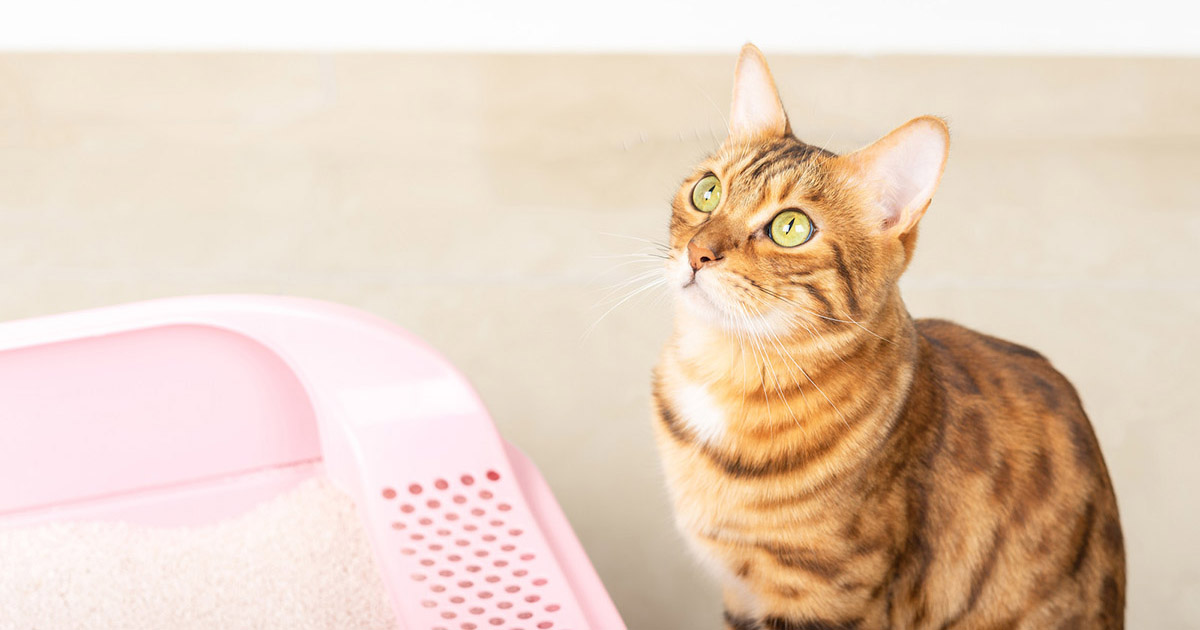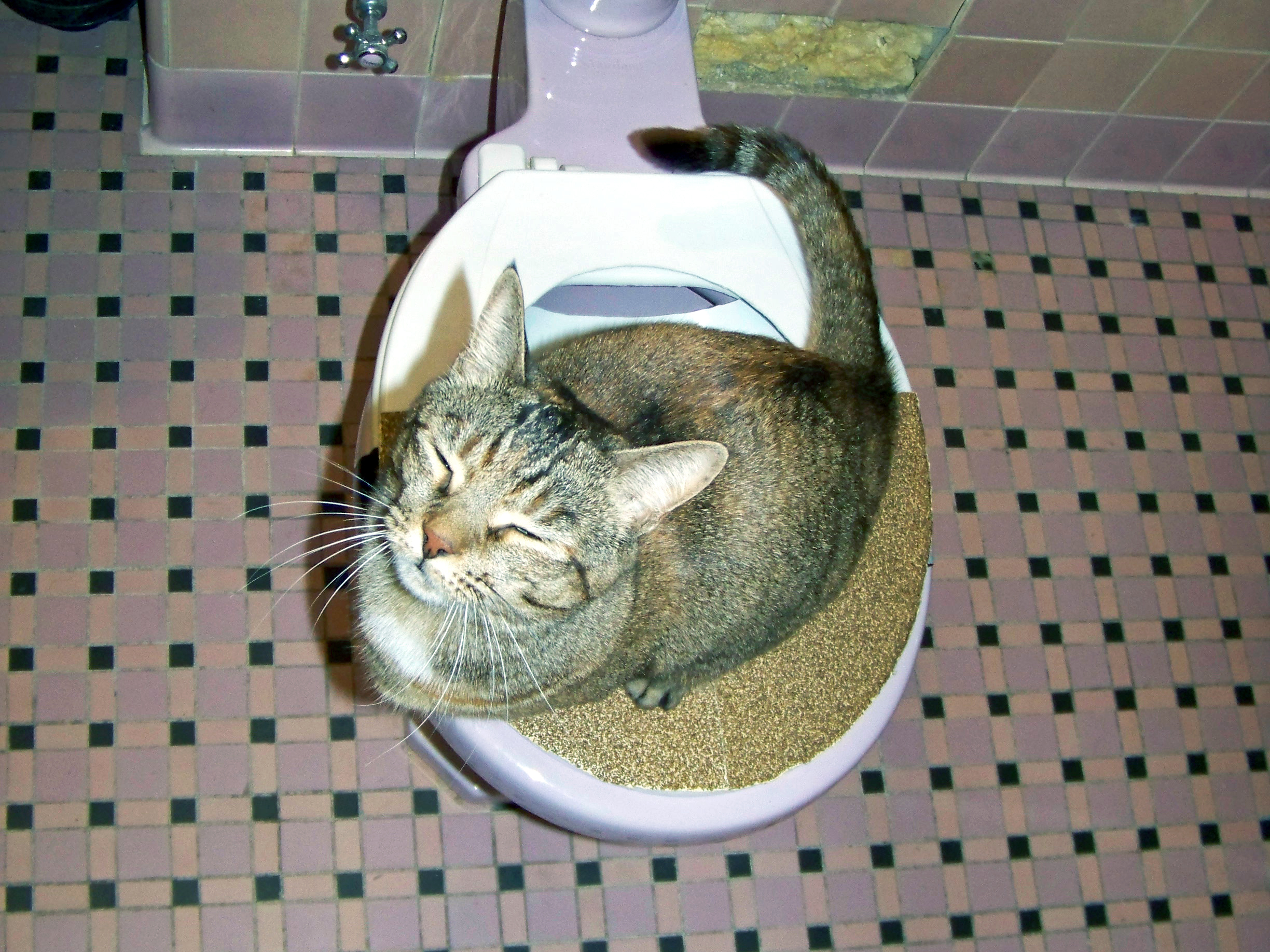Why You Should Never Flush Cat Poop Down Your Toilet - Important Information
Why You Should Never Flush Cat Poop Down Your Toilet - Important Information
Blog Article
Right here below you'll find some amazing ideas pertaining to How to Dispose of Cat Poop and Litter Without Plastic Bags.

Introduction
As cat owners, it's necessary to bear in mind just how we get rid of our feline close friends' waste. While it may appear practical to purge feline poop down the commode, this method can have destructive consequences for both the setting and human health and wellness.
Environmental Impact
Purging cat poop introduces hazardous pathogens and bloodsuckers into the water, presenting a considerable threat to water communities. These pollutants can adversely impact marine life and concession water top quality.
Health Risks
In addition to environmental worries, purging pet cat waste can also position health and wellness dangers to humans. Cat feces may include Toxoplasma gondii, a parasite that can create toxoplasmosis-- a possibly serious ailment, particularly for expectant ladies and people with weakened body immune systems.
Alternatives to Flushing
Luckily, there are much safer and more accountable ways to throw away cat poop. Consider the complying with alternatives:
1. Scoop and Dispose in Trash
The most common method of taking care of cat poop is to scoop it into a biodegradable bag and toss it in the trash. Make sure to utilize a devoted clutter scoop and dispose of the waste immediately.
2. Use Biodegradable Litter
Choose biodegradable pet cat trash made from materials such as corn or wheat. These clutters are environmentally friendly and can be safely thrown away in the trash.
3. Bury in the Yard
If you have a lawn, take into consideration burying pet cat waste in a marked area far from vegetable yards and water resources. Be sure to dig deep enough to avoid contamination of groundwater.
4. Mount a Pet Waste Disposal System
Purchase a family pet waste disposal system specifically developed for pet cat waste. These systems utilize enzymes to break down the waste, lowering odor and ecological effect.
Verdict
Liable pet ownership prolongs beyond supplying food and sanctuary-- it additionally entails correct waste monitoring. By refraining from flushing cat poop down the toilet and opting for different disposal approaches, we can decrease our ecological footprint and safeguard human health and wellness.
Why Can’t I Flush Cat Poop?
It Spreads a Parasite
Cats are frequently infected with a parasite called toxoplasma gondii. The parasite causes an infection called toxoplasmosis. It is usually harmless to cats. The parasite only uses cat poop as a host for its eggs. Otherwise, the cat’s immune system usually keeps the infection at low enough levels to maintain its own health. But it does not stop the develop of eggs. These eggs are tiny and surprisingly tough. They may survive for a year before they begin to grow. But that’s the problem.
Our wastewater system is not designed to deal with toxoplasmosis eggs. Instead, most eggs will flush from your toilet into sewers and wastewater management plants. After the sewage is treated for many other harmful things in it, it is typically released into local rivers, lakes, or oceans. Here, the toxoplasmosis eggs can find new hosts, including starfish, crabs, otters, and many other wildlife. For many, this is a significant risk to their health. Toxoplasmosis can also end up infecting water sources that are important for agriculture, which means our deer, pigs, and sheep can get infected too.
Is There Risk to Humans?
There can be a risk to human life from flushing cat poop down the toilet. If you do so, the parasites from your cat’s poop can end up in shellfish, game animals, or livestock. If this meat is then served raw or undercooked, the people who eat it can get sick.
In fact, according to the CDC, 40 million people in the United States are infected with toxoplasma gondii. They get it from exposure to infected seafood, or from some kind of cat poop contamination, like drinking from a stream that is contaminated or touching anything that has come into contact with cat poop. That includes just cleaning a cat litter box.
Most people who get infected with these parasites will not develop any symptoms. However, for pregnant women or for those with compromised immune systems, the parasite can cause severe health problems.
How to Handle Cat Poop
The best way to handle cat poop is actually to clean the box more often. The eggs that the parasite sheds will not become active until one to five days after the cat poops. That means that if you clean daily, you’re much less likely to come into direct contact with infectious eggs.
That said, always dispose of cat poop in the garbage and not down the toilet. Wash your hands before and after you clean the litter box, and bring the bag of poop right outside to your garbage bins.
https://trenchlesssolutionsusa.com/why-cant-i-flush-cat-poop/

We hope you enjoyed our post on Can You Flush Cat Poop Down The Toilet?. Thanks a lot for finding the time to browse our content. If you liked our blog post please make sure you remember to pass it around. Kudos for your time. Visit again soon.
Call Today Report this page